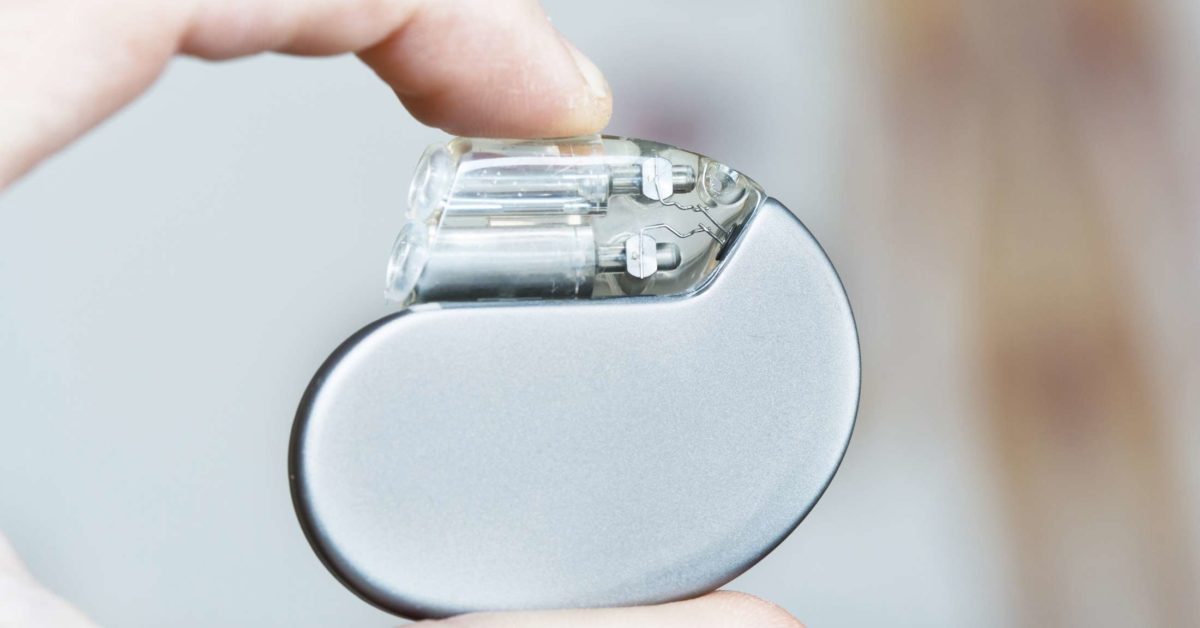
Dr Ajita Kanthan is a specialist with the use of radiation-free surgical strategies, have implanted Australia’s first radiation-free nonbinary pacemaker. He is a nationally and internationally recognised expert in the field of system implantation and radiation-free treatments. Standard trans-venous system implant procedures rely on the use of X-rays, with radiation levels that can exceed the equivalent of 500 chest X-rays, emphasising the importance of radiation-free techniques.
What is a radiation-free pacemaker?
To further reduce the chance of pacemaker implantation, a radiation-free solution is being used. X-ray lasers are often used in pacemaker surgery and may subject people to unnecessary radiation. Though people with cancer and pregnant women stand to profit the most, Dr Kanthan says the procedure will be made available to a wider range of patients. During therapy, the radiation can induce chemical changes in the pacemaker’s structure and electrical energy fluctuations. It is dependent on the type and model of the pacemaker as well as the amount of radiotherapy it will need.
To further reduce the chance of pacemaker implantation, a radiation-free solution is being used. X-ray lasers are often used in pacemaker surgery and may subject people to unnecessary radiation. The amount of radiation required is determined by the surgery’s duration and complexity.
Treatment planning
The cancer doctor will consult with a heart surgeon before starting therapy.
They’ll learn that they can have a pacemaker and what kind of pacemaker they have.
The radiotherapy specialist in making the following decisions:
The most effective method of providing the amount of radiation prescribed is the dosage they should have to a specific radiotherapy system to get the dose that they need.
Additionally, they ensure that the radiotherapy equipment is reliable and clean.
Some of these experts are well-versed in the steps that a pacemaker wearer would take. They’ll schedule radiotherapy so that pacemaker is subject to the least level of radiation possible.
What is a pacemaker?
A pacemaker is a tiny instrument that is implanted under the skin in the chest to aid in the monitoring of the heartbeat. It has an erratic heartbeat (irregular heartbeat), especially a sluggish one; it will make the heartbeat more normal. A surgical operation is needed to implant a pacemaker in the chest. Pacemakers are devices that are inserted into the heart to better monitor the rate of the heartbeat. After a heart attack, surgery, or a drug overdose, they may be temporarily inserted to treat a sluggish pulse. They may also be continuously inserted to correct a sluggish or erratic pulse or, in some cases, to aid in the treatment of heart disease.
A pacemaker is a machine that limits the release of the heart.
An electronic pacemaker inserted in the body works in the same way as the normal electrical system. A pacemaker is made up of two parts:
.Sources of knowledge (electrodes). Each chamber of the heart has one or three lightweights, insulated wires that generate electrical pulses to control the heartbeat.
.Generates pulses. A battery and the processes occurring that regulates the level of electrical pulses sent over to the core are housed in this small metal jar.
Modern pacemakers now have sensors that sense jerking motions or respiratory rate, signalling the pacemakers to increase heart rate if required during exercise.
The FDA has approved the use of two smaller, leadless pacemakers that can be inserted directly into the breast. Since there is no need for a lead, this technology will reduce risks and speed recovery. Even though this form of pacemaker continues to perform well and is healthy, further research is required.
Dr Ajita Kanthan is probably the only cardiologist in the world who regularly uses this pacemaker procedure. Be a cancer-free generation.
About The Author: Sanath Pollemore
